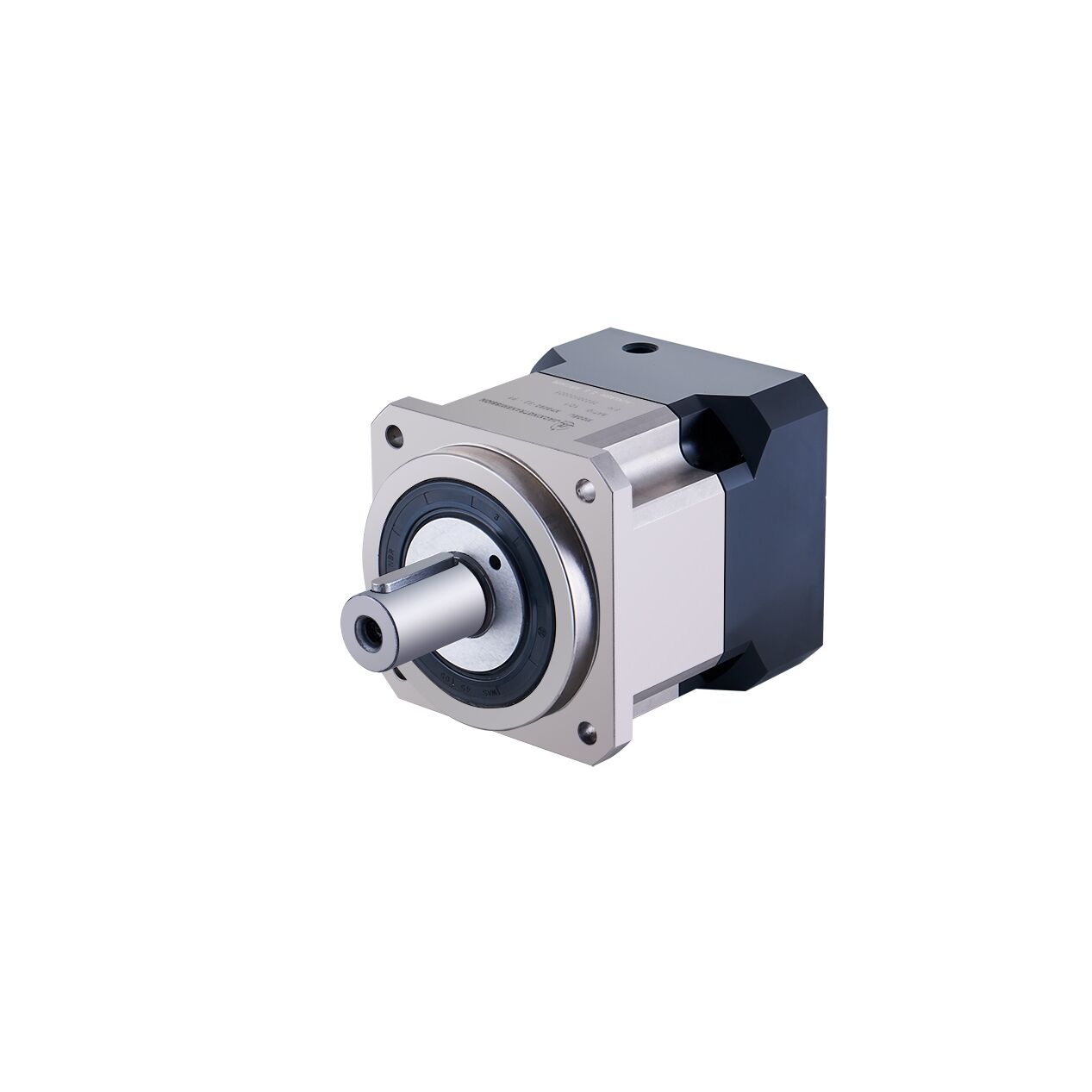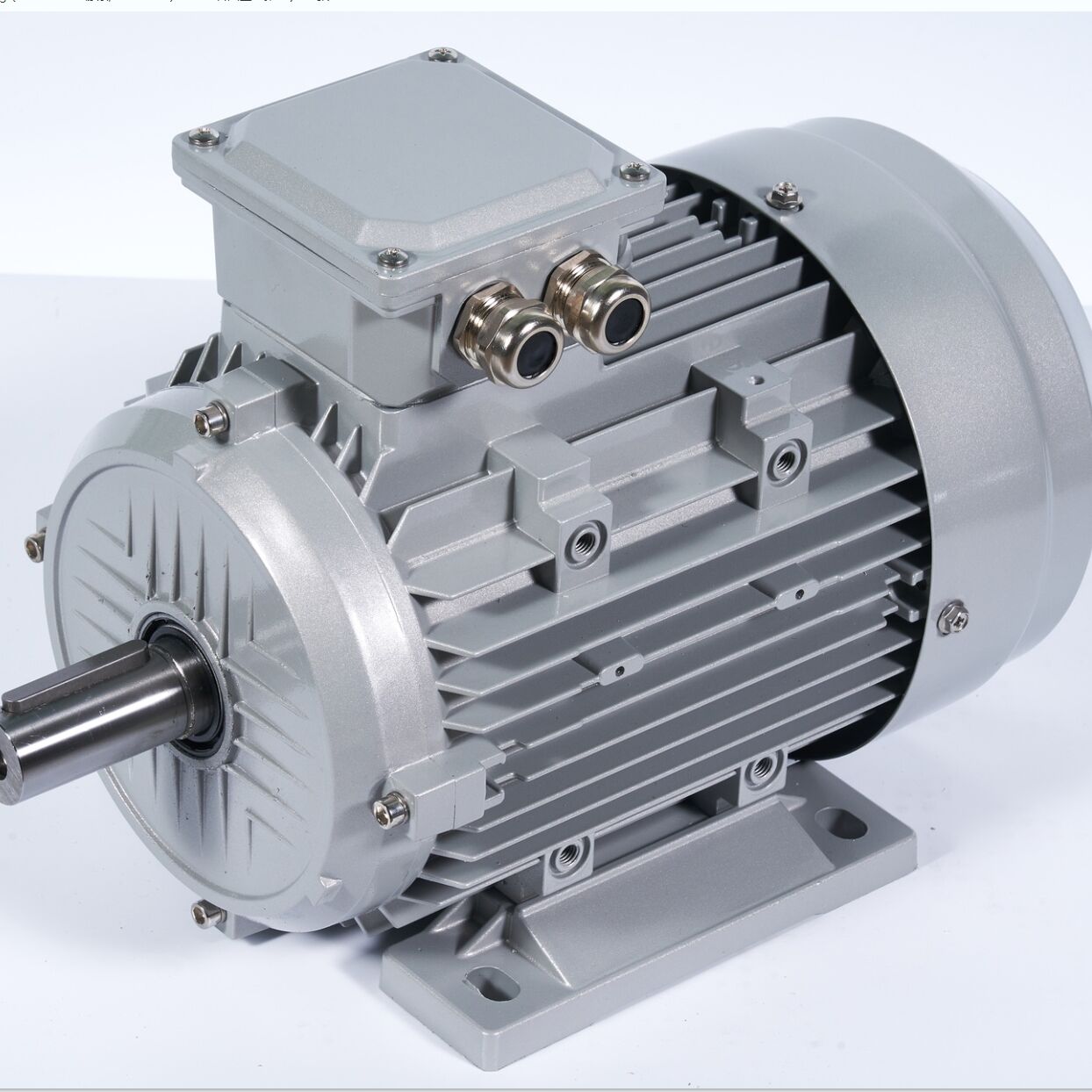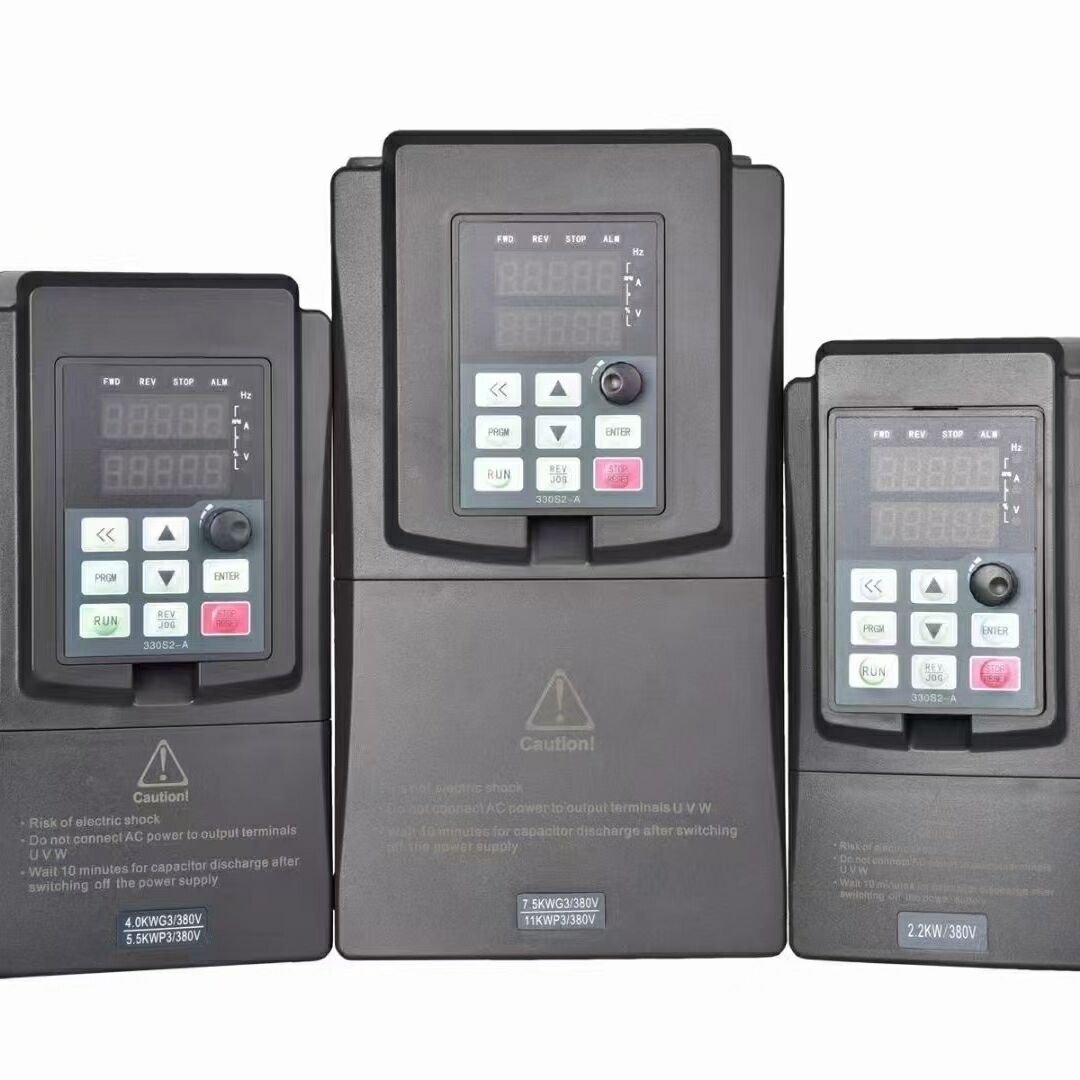electric motor rotor and stator
The electric motor rotor and stator form the fundamental components of an electric motor, working together to create mechanical energy from electrical power. The stator is the stationary outer component that contains electromagnets or permanent magnets arranged in a circular pattern. The rotor, mounted on bearings, is the rotating inner component that typically carries conductors or permanent magnets. When electrical current flows through the stator windings, it creates a rotating magnetic field that interacts with the rotor's magnetic field, causing the rotor to spin. This basic principle powers everything from small household appliances to large industrial machinery. Modern electric motor designs incorporate advanced materials and precise engineering to maximize efficiency and performance. The rotor-stator assembly can be found in various configurations, including brushed and brushless motors, each suited for specific applications. These components are carefully engineered to maintain optimal air gap spacing between them, ensuring efficient energy transfer and smooth operation. The design also includes cooling considerations, with many motors featuring built-in ventilation systems to maintain operational temperature. In industrial applications, these components are often equipped with sensors for monitoring performance and preventing potential failures.



